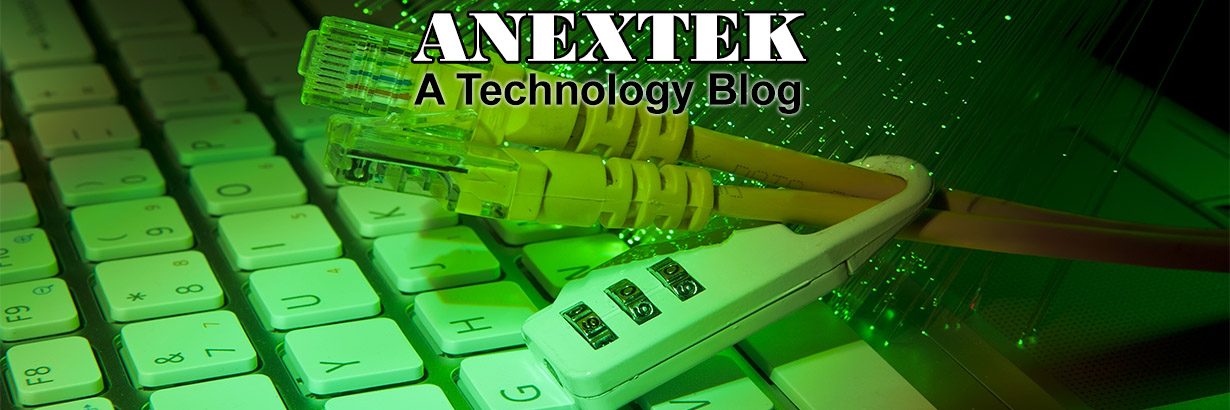Written by: The Midland Certified Reagent Company
Summary: New technology exists to let doctors diagnose a patient faster than ever before.
There is new hope for the malaria diagnosis, one that might be safer and more affordable in areas that need this care the most. The solution is to make malaria stand out from the rest of the molecules in a patient’s blood sample. This process relies on something called a “molecular beacon probe,” which identifies and reports specific nucleic acids that may be present in a solution.
The Malaria Breakthrough
Part of the trouble with malaria is a general inability to diagnose quickly. The patient’s blood is stained with a solution, but someone still has to look at the slide and analyze its contents. That leaves a wider margin for human error. Instead, purified oligos that utilize a molecular beacon highlight the molecules a tech is looking for, which provides a greater chance of positive identification.
Beacons in Detail
A probe hybridizes with its target, and that triggers a change. That change might appear as a fluorescent label, which is only possible with a perfect complement. If the target has a mismatch, or it’s missing, the probe won’t trigger. Scientists will use these probes to monitor a synthesis as it occurs, and the probes can detail a lot. From beginning to end to be precise. Probes can detail where the reaction’s origin lies, what kind of movement the reaction triggers, and the fate of specific molecules. Performed in real time.
Final Thoughts
Diagnosis is becoming less guess work. With a fluorescent label, techs can identify disease or test for reactions to synthesize cures. Molecular beacons are an important step in that scientific analysis.
Bio: The Midland Certified Reagent Company manufactures synthetic oligos used in research laboratories around the world. For more information, visit Oligos.com online.
